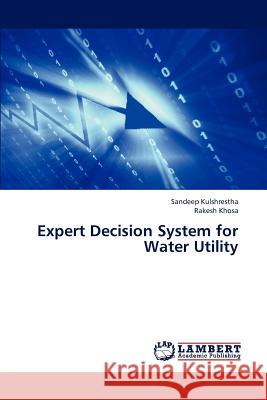topmenu
Wyniki wyszukiwania:
wyszukanych pozycji: 2
 |
The NOW Consciousness Using the Science of Mindfulness for Manifesting a Joyful Life
ISBN: 9789371826570 / Angielski Termin realizacji zamówienia: ok. 16-18 dni roboczych (Dostawa w 2026 r.) |
cena:
45,61 |
 |
Expert Decision System for Water Utility
ISBN: 9783844329957 / Angielski / Miękka / 2012 / 404 str. Termin realizacji zamówienia: ok. 10-14 dni roboczych (Dostawa w 2026 r.) The difficulty in knowledge representation of a Water Distribution Network (WDN) problem has contributed to the limited use of Artificial Intelligence (AI) based expert systems (ES) in the management of these networks. This book presents an attempt to develop an Expert System that incorporates a dynamic knowledge acquisition system driven by simulated runs of a hydraulic model, suitably calibrated and validated for the given water utility. The Expert System integrates computational platforms such as MATLAB, open source GIS, CLIPS (an expert system tool developed by NASA's Software Technology...
The difficulty in knowledge representation of a Water Distribution Network (WDN) problem has contributed to the limited use of Artificial Intelligence...
|
cena:
352,54 |










